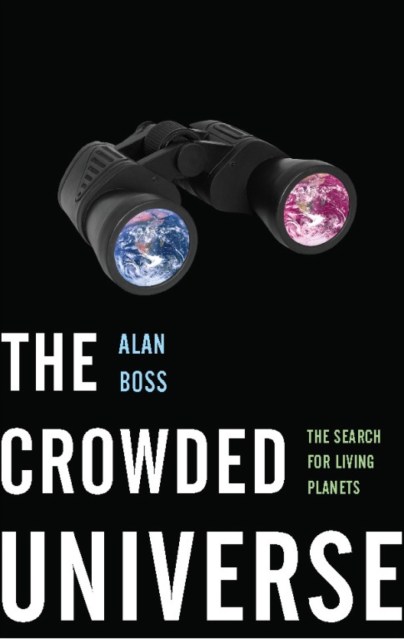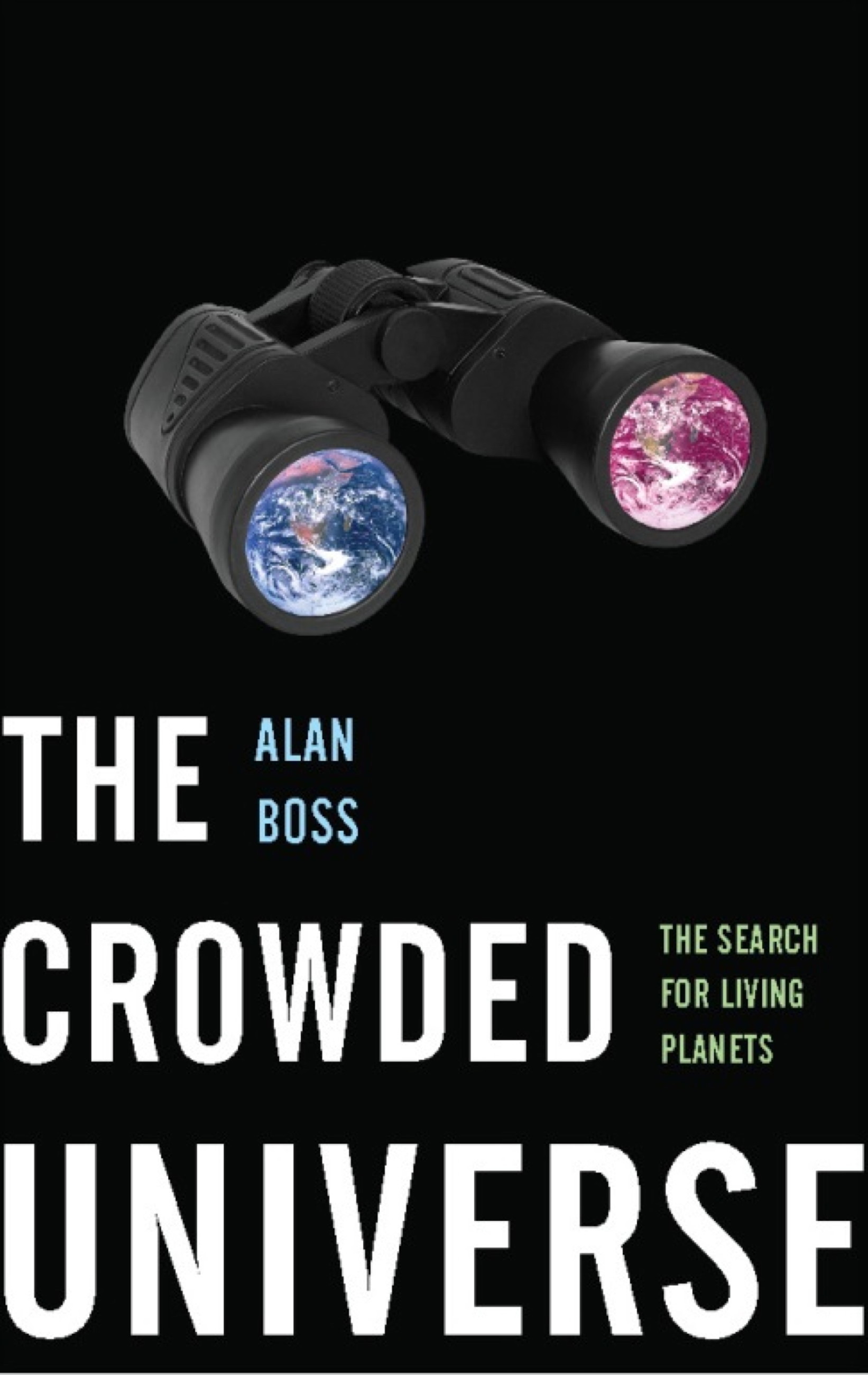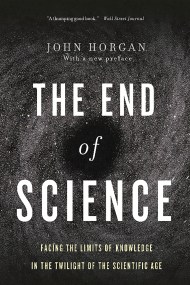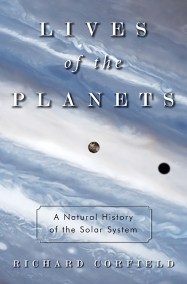Promotion
Use code MOM24 for 20% off site wide + free shipping over $45
The Crowded Universe
The Search for Living Planets
Contributors
By Alan Boss
Formats and Prices
Price
$11.99Price
$15.99 CADFormat
Format:
- ebook $11.99 $15.99 CAD
- Trade Paperback $22.99 $29.99 CAD
This item is a preorder. Your payment method will be charged immediately, and the product is expected to ship on or around February 3, 2009. This date is subject to change due to shipping delays beyond our control.
Also available from:
In The Crowded Universe, renowned astronomer Alan Boss argues that based on what we already know about planetary systems, in the coming years we will find abundant Earths, including many that are indisputably alive. Life is not only possible elsewhere in the universe, Boss argues — it is common.
Boss describes how our ideas about planetary formation have changed radically in the past decade and brings readers up to date on discoveries of bizarre inhabitants of various solar systems, including our own. America must stay in this new space race, Boss contends, or risk being left out of one of the most profoundly important discoveries of all time: the first confirmed finding of extraterrestrial life.
Genre:
- On Sale
- Feb 3, 2009
- Page Count
- 256 pages
- Publisher
- Basic Books
- ISBN-13
- 9780786743674
Newsletter Signup
By clicking ‘Sign Up,’ I acknowledge that I have read and agree to Hachette Book Group’s Privacy Policy and Terms of Use







